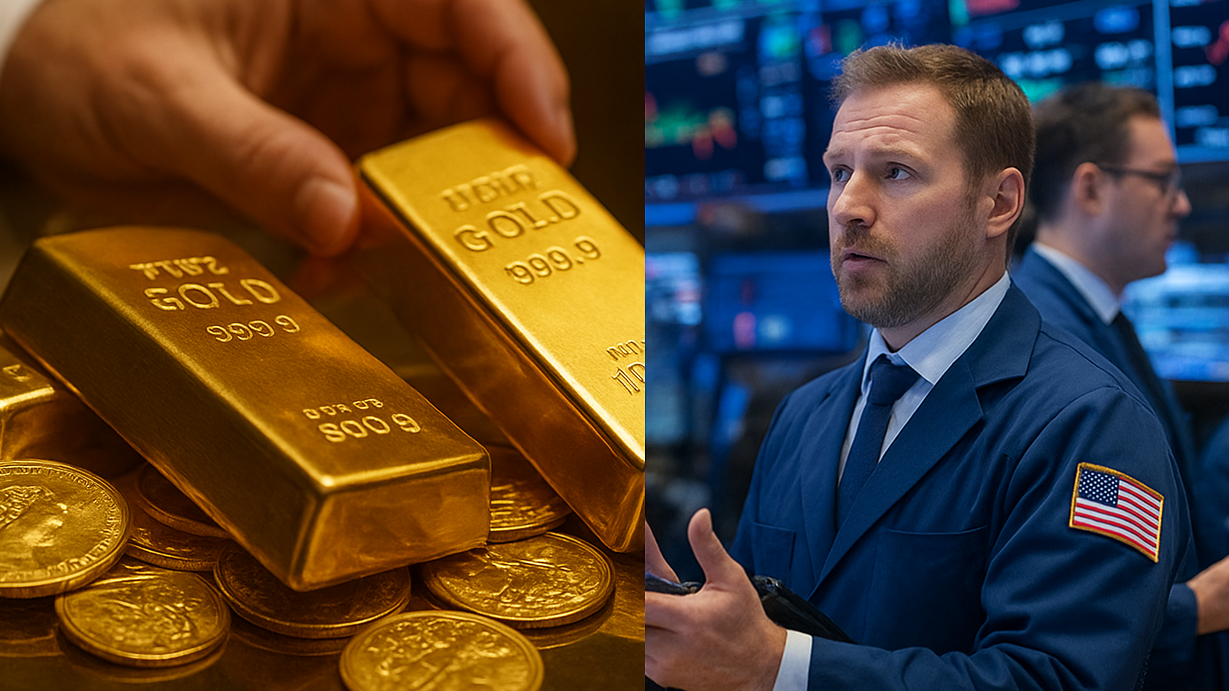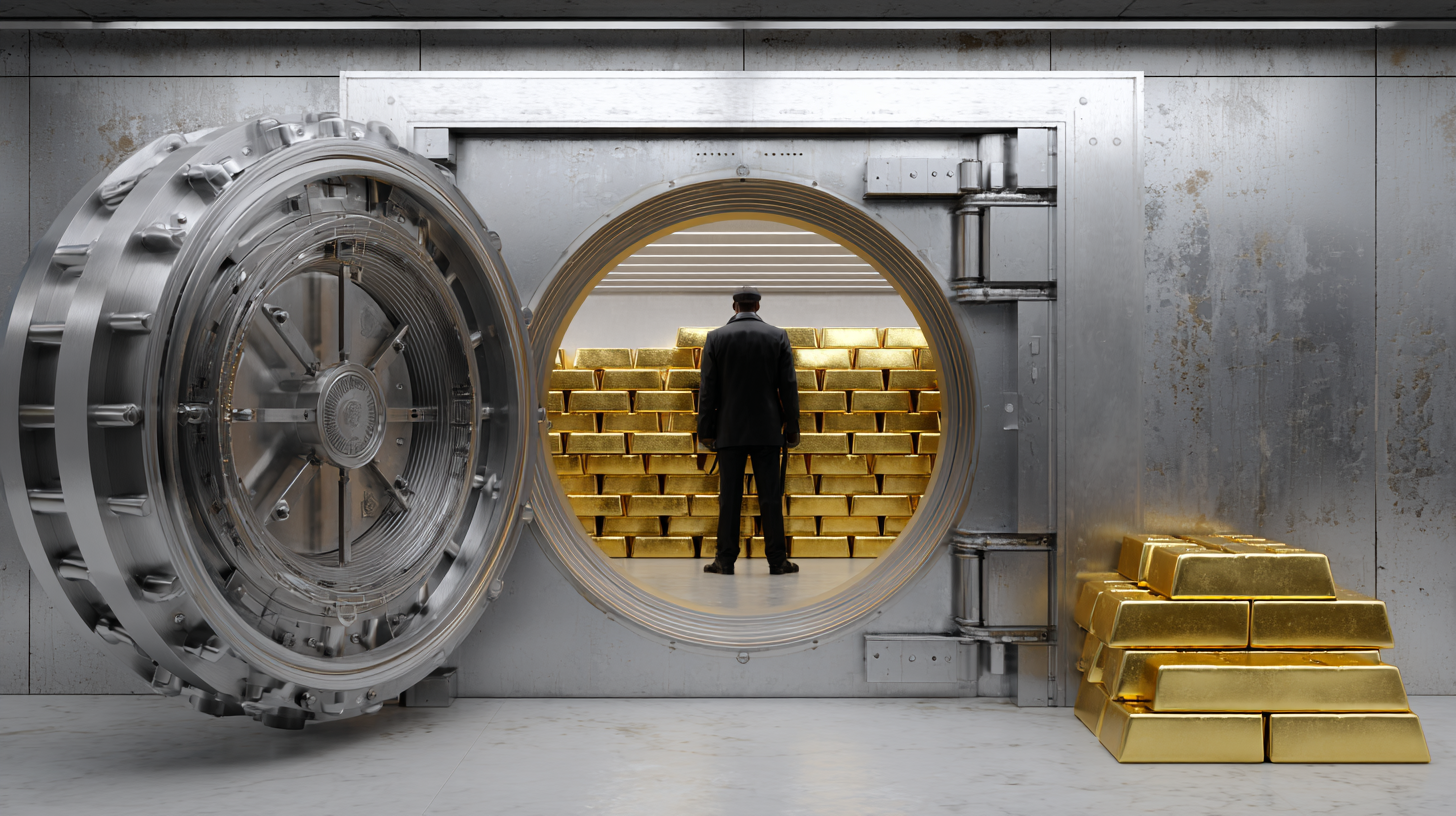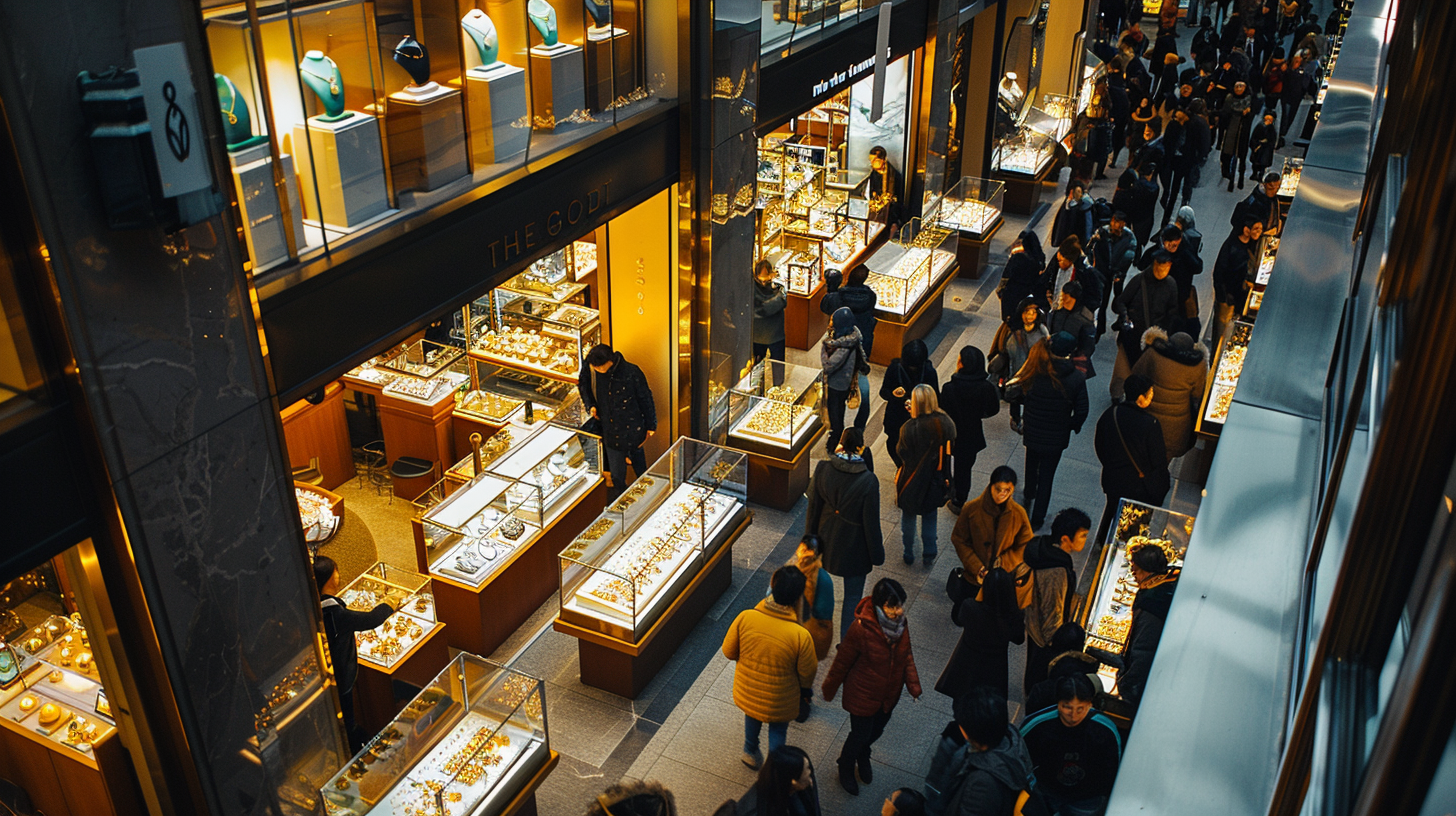Gold Royalty Corp. (NYSE American: GROY) has announced a transformative move in the royalty and streaming sector with its agreement to acquire a producing gold and copper royalty on Brazil’s Pedra Branca mine for $70 million in cash. Purchased from BlackRock World Mining Trust, the royalty provides immediate cash flow and deepens Gold Royalty’s exposure to two high-demand commodities—gold and copper.
For investors in the small- and micro-cap mining space, this acquisition highlights a broader trend: royalty companies are aggressively consolidating producing assets to secure predictable cash flows, diversify commodity exposure, and strengthen long-term valuations. While major mining companies dominate production, royalty firms offer smaller investors a unique, lower-risk gateway into commodity cycles—without the operational burdens of running mines.
A Material Boost to Revenue and Scale
The Pedra Branca royalty has already proven its value. In the 12 months ending June 30, 2025, the royalty generated approximately $7.9 million in payments, equivalent to roughly 2,800 gold equivalent ounces at average market prices. With gold trading near historic highs, Gold Royalty expects the asset to substantially increase its annual cash flow once the transaction closes.
Upon completion, Gold Royalty’s portfolio will expand to eight cash-flowing assets and more than 250 total royalties and streaming interests—a notable milestone for a company operating in the small-cap end of the market.
For investors, this means greater revenue stability and enhanced leverage to commodity prices, particularly as gold continues to maintain strength amid global geopolitical tensions and monetary policy uncertainty.
Strategic Exposure to Gold and Copper
The acquired royalty includes a 25% net smelter return (NSR) on gold and a 2% NSR on copper from both the Pedra Branca East and West deposits. This structure provides meaningful long-term upside, especially given copper’s accelerating role in electric vehicles, renewable power grids, and energy transition infrastructure.
This is particularly impactful for micro-cap investors looking for diversified commodity exposure without betting on early-stage exploration companies. Royalty companies like Gold Royalty provide balanced exposure to producing assets with potentially exponential upside tied to commodity cycles.
Pedra Branca: A High-Quality, Long-Life Asset
First brought into production in 2020 by OZ Minerals, Pedra Branca is an underground iron oxide copper gold deposit located in Pará, Brazil—a region known for world-class minerals, infrastructure, and established operators. BHP acquired the mine through its purchase of OZ Minerals in 2023, and later announced its sale to CoreX Holding BV, expected to close following standard regulatory approvals.
BHP’s June 2025 reporting outlined strong resource and reserve estimates, reinforcing Pedra Branca’s long-term production outlook. For Gold Royalty, this means stable, ongoing royalty income tied to a proven, expanding asset.
A Meaningful Signal for the Mining Royalty Space
For small- and micro-cap investors, this transaction reinforces a clear shift in the mining sector: royalty and streaming companies are becoming key players in securing low-risk exposure to commodity cycles.
As many smaller mining operators struggle with rising development and operational costs, royalty firms with strong balance sheets—like Gold Royalty—are in a prime position to acquire high-value producing royalties at attractive prices.
The Pedra Branca acquisition demonstrates Gold Royalty’s disciplined strategy, strengthening its cash flow base while delivering upside potential tied to gold and copper markets that continue to attract global investor interest.













